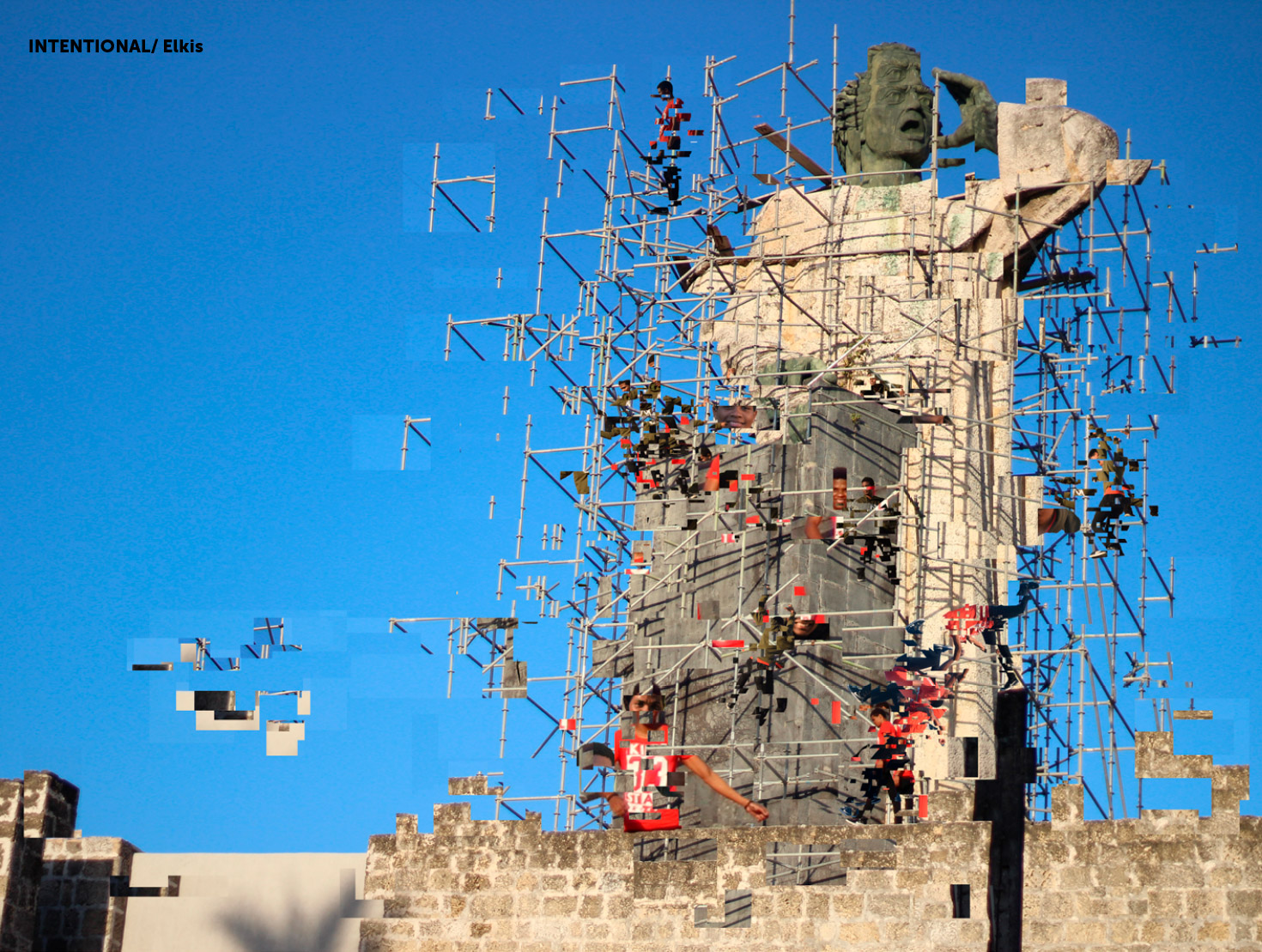Abstract
The Art and Design field has gone through many transformations due to the rapid development of technology, information overload, and the ever-changing landscape of our every day; from being a commodity supported by capitalist practices, we have transitioned into experiential spaces where art and design hold immense power in reshaping and building our imagined futures. Although the world has now become a global community of virtual experiences, we, as educators, need to maintain the relevancy of our instruction both globally and locally to enhance students’ learning experience and wellbeing. When designing and adapting curricula in a variety of groups, cultures, and contexts, there is a tendency to disregard the environment in which new generations have grown, and the ways in which learning manifests in our day to day interactions. This research paper presents a case study of a curriculum adaptation of the Parsons First-Year program 15-week TIME course to a 6-day bootcamp—for a cohort of 33 First Year students in the Graphic Design track—at Chavón, the School of Design, a Parsons affiliated Art and Design school in the Dominican Republic.
Using as premise a series of informal conversations with college students from both Parsons and Chavón, we found that students taking 4 to 5 courses simultaneously per semester lacked the focus needed to go in-depth into any provided material, which heightened their stress level and, consequently, lowered their performance; students reported feeling exhausted, drained, unmotivated, and burn out after one month and a half into the semester. Our findings align with current research, which shows that in the past few years there has been a spike of mental health issues in college students. The American College Health Association (ACHA) National College Health Assessment II (ACHA-NCHA II) 2017 report shows that, in the United States, around 25% college students felt exhausted, overwhelmed, and hopeless in the 12 months previous to the survey (ACHA, 2017). Acknowledging that high-stress levels hinder the learning experience—and that positive emotions are paramount to optimal learning (Krashen, 1982)–can greatly impact our teaching approach thus the importance to deliver relevant content in a structure that provides space for incubating ideas and reaching those aha! moments of creative insight.
On day 1, all students voiced concerns about the intensity of the course; however, in a series of informal assessments—class debriefs—throughout the 6-days of instruction, around 45% shared experiencing a sense of achievement after day 3, and feeling self-motivated, positively challenged, and confident in their creative abilities. On the the flip side, we recorded peaks and valleys in students’ stress levels—mostly related to technical difficulties with digital tools—and around 50% shared feeling frustrated and disengaged; 2 out of 35 students dropped the course on day 3. Although results of a survey administered 8 months after the course pilot—completed by 24 out of the 35 students—aligned with previous findings, we also learned that students were able to apply what they learned in other courses and that they felt more equipped to better perform under pressure.
Our proposition entails both in-context pedagogy and explorations of new digital technologies through an intentional curriculum-design approach; by introducing open-source technologies we aim to expand access into global communities while being relevant to local communities through the themes and concepts addressed in students’ productions. In order to develop the structure of this pilot course, we used a 50K marathon training model where athletes undergo high-intensity workouts (short strides and intervals)—sprints—to build endurance and progressively transition into low-intensity training for long-term resilience (Roche, 2019). The goal of this new educational model is two-fold: first and foremost, a structure that builds students’ resiliency and lower their stress levels by providing a high-intensity instruction followed by a resting-time period—an incubation period, if you will—as a space to process new knowledge and practice self-care; second, to engage students deeply and intentionally by using a Project-based Methodology (PBL) where students explore their personal interests, cultural backgrounds, and socio-political landscapes.
Even though further research is needed, based on these insights, we believe that this approach would be beneficial to First Year students in developing cognitive resilience to enhance academic performance and overall wellbeing insofar the structure is implemented and tested in a semester-long instruction.
Keywords
First-Year Program
Design Education
Educational Model
Contextual Teaching
Downloadable
SUPPORT MATERIAL:
References
- American College Health Association. American College Health Association-National College Health Assessment II: The New School Executive Summary Spring 2017. Hanover, MD: American College Health Association; 2017.
- Chugani, H. T. (1998). Biological basis of emotions: Brain systems and brain development. Pediatrics, 102, 1225–1229.
- Clark, H. (2017). Humboldt Journal of Social Relations , Vol. 39, Special Issue 39: Diversity & Social Justice in Higher Education (2017), pp. 346-348
- Krashen, S. (1982). Theory versus practice in language training. In R. W. Blair (Ed.), Innovative approaches to language teaching (pp. 25–27). Rowley, MA: Newbury House.
- Roche, D. (March 25, 2019).Training For Your First Ultra Over 50K: Longer ultramarathons aren’t as impossible as they might seem at first glance.
- Willis, J. Educational Leadership, Summer 2007 | Volume 64 Engaging the Whole Child (online only) The Neuroscience of Joyful Education

